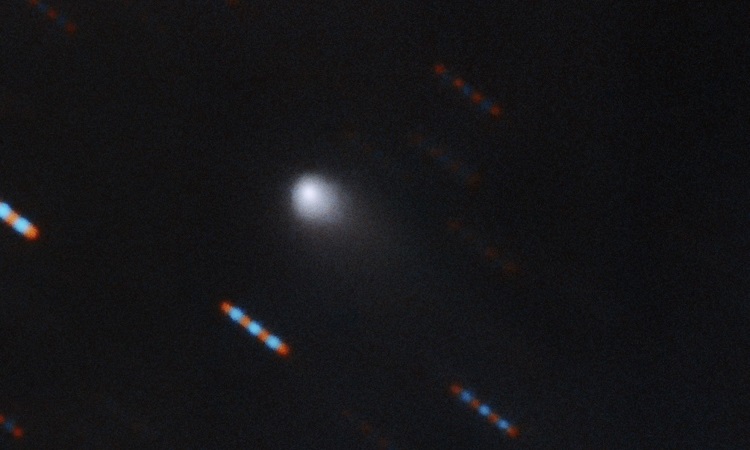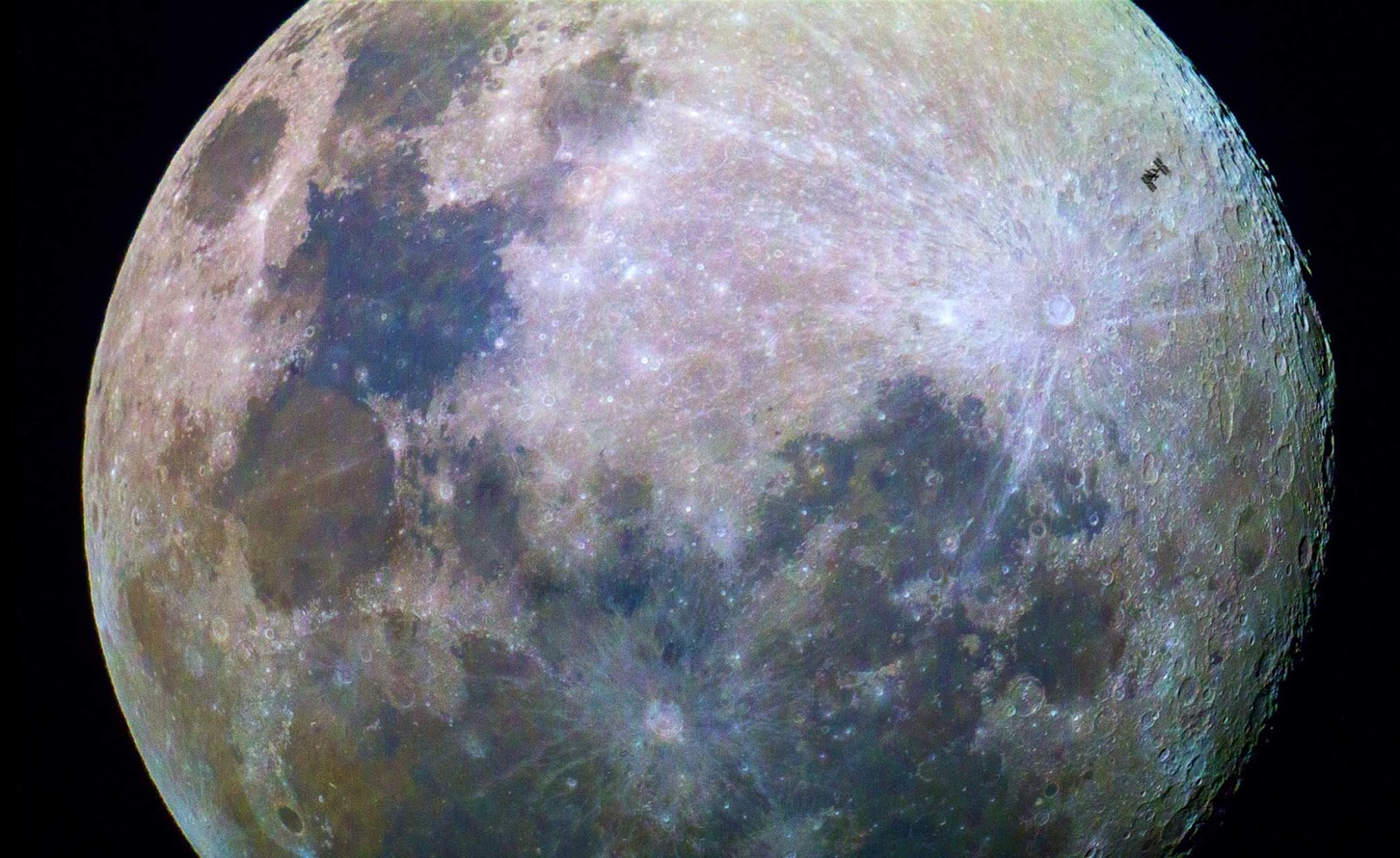In October 2017, an object (probably an asteroid) 400 meters in diameter was spotted by researchers at the University of Hawaii. Given its hyperbolic trajectory, it was considered that this one – baptized “Oumuamua” – came from outside the solar system. A historical first. A few days ago, a team of astronomers spotted a comet that, considering its very unusual trajectory, also seems to come from elsewhere. A color photograph of the object was taken in the night of 9 to 10 September thanks to the Gemini Observatory, located in Hawaii.
“This image was made possible by the Gemini’s ability to quickly adjust its observations,” says Andrew Stephens, lead author of this study. It refers here to the adaptive optics system using laser guide stars, allowing it to correct atmospheric turbulence in real time. Otherwise, these objects in rapid movement, which have a very short visibility, would be very difficult to isolate.
More comments to come
As you can see in the picture, this new comet (called C / 2019 Q4) is distinguished by its tail, characteristic of this type of object. Sign that the comet is getting close to the Sun so that there is a sublimation of the ice of its nucleus. It’s a first. Our very first interstellar visitor (Oumuamua) did not have this type of structure.
When it was discovered on August 30, the comet was about 3.5 AU from the Sun (one AU equals the Earth-Sun distance). That’s why we still do not know much about it (size, rotation speed, composition?). It will still have to be a little patient. The object is indeed currently close to the apparent position of the Sun in the night sky. Thus observations may be complicated in the coming weeks. On the other hand, its hyperbolic trajectory should bring it back to a more favorable field of vision at the end of the year.
The information gathered by the researchers during this next window of observations could make it possible to determine the origin of the object. At least, we hope so. Regarding Oumuamua, remember that a study published last year suggested that the comet came from a binary system (two stars), in constellation Lyra. It is in this part of the sky that Vega, the second brightest star in the northern hemisphere, is found just after Arcturus.




